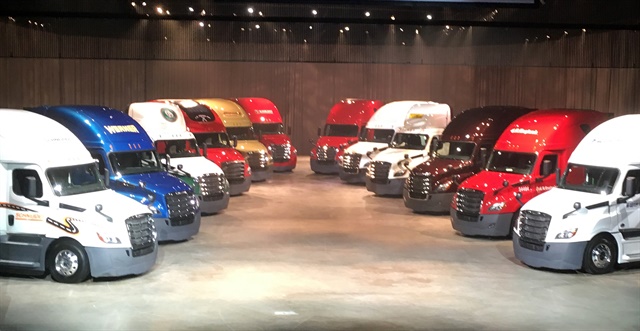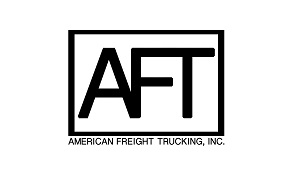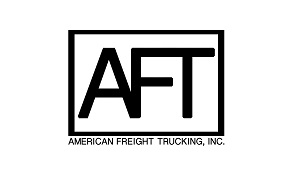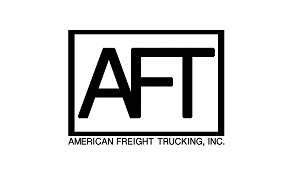
<img width="150" src="http://www.automotive-fleet.com/fc_images/news/m-newcascadias-1.jpg" border="0" alt="
At the unveiling of the newest Cascadia. Photo: Jim Park.
">
At the unveiling of the newest Cascadia. Photo: Jim Park.
">As of this moment, we still don't know much about Freightliner's next-generation Cascadia model for 2017. The images and video were captured at Wednesday night's unveiling in Colorado Springs, Colo. The formal announcement comes later today with a press release from Daimler Trucks.
During the unveiling, Daimler Trucks North America President and CEO Martin Daum described some of the attributes that go into a good truck, and he spoke of the consultation and design phases of the project being a collaborative effort between the customer and the designers. He spoke of the thousands of Daimler employees involved in the project, and four years of work that has gone into the new truck.
He did leave the audience with this tantalizing bit. "It delivers fuel efficiency far beyond what we thought was possible."
We'll have more throughout the day as additional information emerges from Colorado Springs.
In the meantime, click here for a photo gallery from the sneak peak.
Follow @HDTrucking on Twitter








